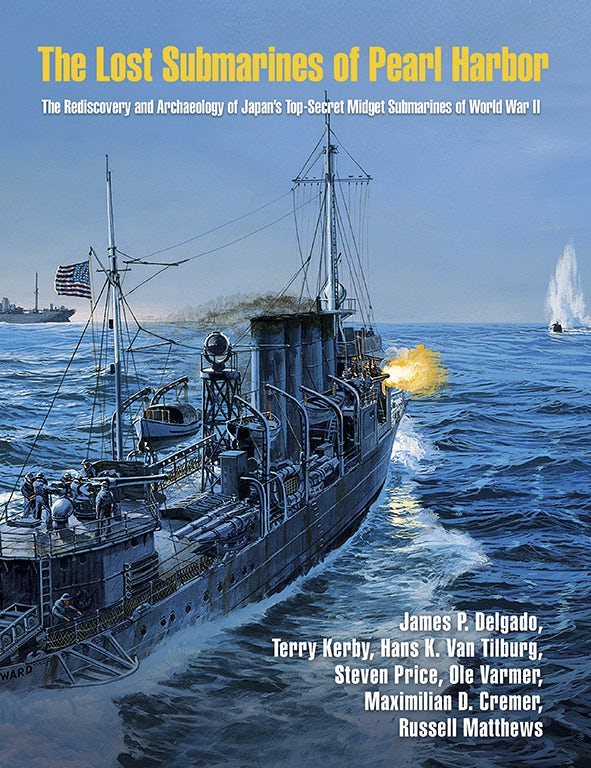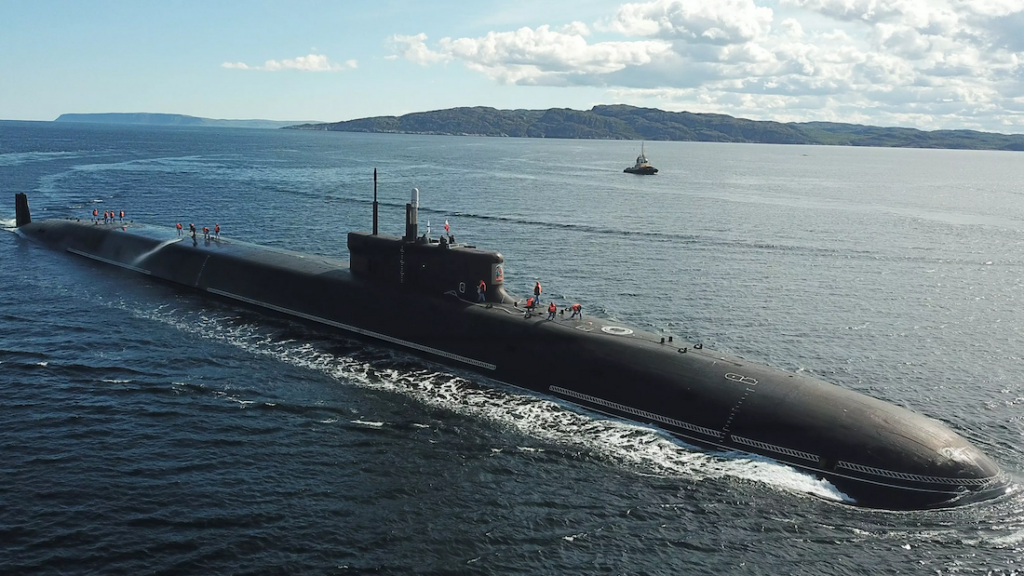

"But in fact, it wasn't deep sea mining, it was an effort to build this giant claw that could go all the way down to the sea floor, grab the submarine, and bring it back up," says Lewis. The eccentric American billionaire Howard Hughes, famous for his broad spectrum of activity, including as a pilot and film director, pretended to become interested in deep sea mining. The US soon found out, and decided to mount a secret attempt to retrieve this nuclear prize, "which was really a pretty crazy story in and of itself", says Lewis. In 1968, a Soviet K-129 mysteriously sank in the Pacific Ocean northwest of Hawaii, along with three nuclear missiles. However, these lost vessels didn't always stay where they were.

It had four nuclear torpedoes onboard, and when it promptly sank, it took its radioactive cargo with it.

One began on 8 April 1970, when a fire started spreading through the air conditioning system of a Soviet K-8 nuclear-powered submarine while it was diving in the Bay of Biscay – a treacherous stretch of water in the northeast Atlantic Ocean off the coasts of Spain and France, which is notorious for its violent storms and where many vessels have met their end. There are known cases where the country lost nuclear bombs that have never been retrieved, but unlike with the US incidents, they all occurred on submarines and their locations are known, if inaccessible. The Soviet Union's nuclear past is particularly murky – it had amassed a stockpile of 45,000 nuclear weapons as of 1986.
BBC LOST SUBMARINE FULL
"So I don't think we have anything like a full accounting." We don't really know anything about the United Kingdom or France, or Russia or China," says Lewis. "We don't know as much about other countries. Many occurred during the Cold War, when the nation teetered on the precipice of Mutually Assured Destruction (MAD) with the Soviet Union – and consequently kept airplanes armed with nuclear weapons in the sky at all times from 1960 to 1968, in an operation known as Chrome Dome. He explains that the full list only emerged when a summary prepared by the US Department of Defense was declassified in the 1980s. "We mostly know about the American cases," says Jeffrey Lewis, director of the East Asia Non-proliferation Program at the James Martin Center for Non-proliferation Studies, California.

But three US bombs have gone missing altogether – they're still out there to this day, lurking in swamps, fields and oceans across the planet. In many cases, the weapons were dropped by mistake or jettisoned during an emergency, then later recovered. There have been at least 32 so-called "broken arrow" accidents – those involving these catastrophically destructive, earth-flattening devices – since 1950. In fact, the Palomares incident is not the only time a nuclear weapon has been misplaced. Now the hunt was on to find it – along with its 1.1 megatonne warhead, with the explosive power of 1,100,000 tonnes of TNT. Three were quickly recovered on land – but one had disappeared into the sparkling blue expanse to the south east, lost to the bottom of the nearby swathe of Mediterranean Sea. "It was supposed to be a secret but my friends were telling me why I was going."įor weeks, newspapers around the globe had been reporting rumours of a terrible accident – two US military planes had collided in mid-air, scattering four B28 thermonuclear bombs across Palomares. "It was kind of embarrassing," says Meyers. When he attended a dinner party that evening and announced his mysterious trip, its intended confidentiality became something of a joke. "It was not a surprise to be called," says Meyers. However, the mission was not as covert as the military had hoped. He was told that there was a top secret emergency in Spain, and that he must report there within days. At the time, he was working as a bomb disposal officer at the Naval Air Facility Sigonella, in eastern Sicily. A few weeks later, Philip Meyers received a message via a teleprinter – a device that could send and receive primitive emails.


 0 kommentar(er)
0 kommentar(er)
